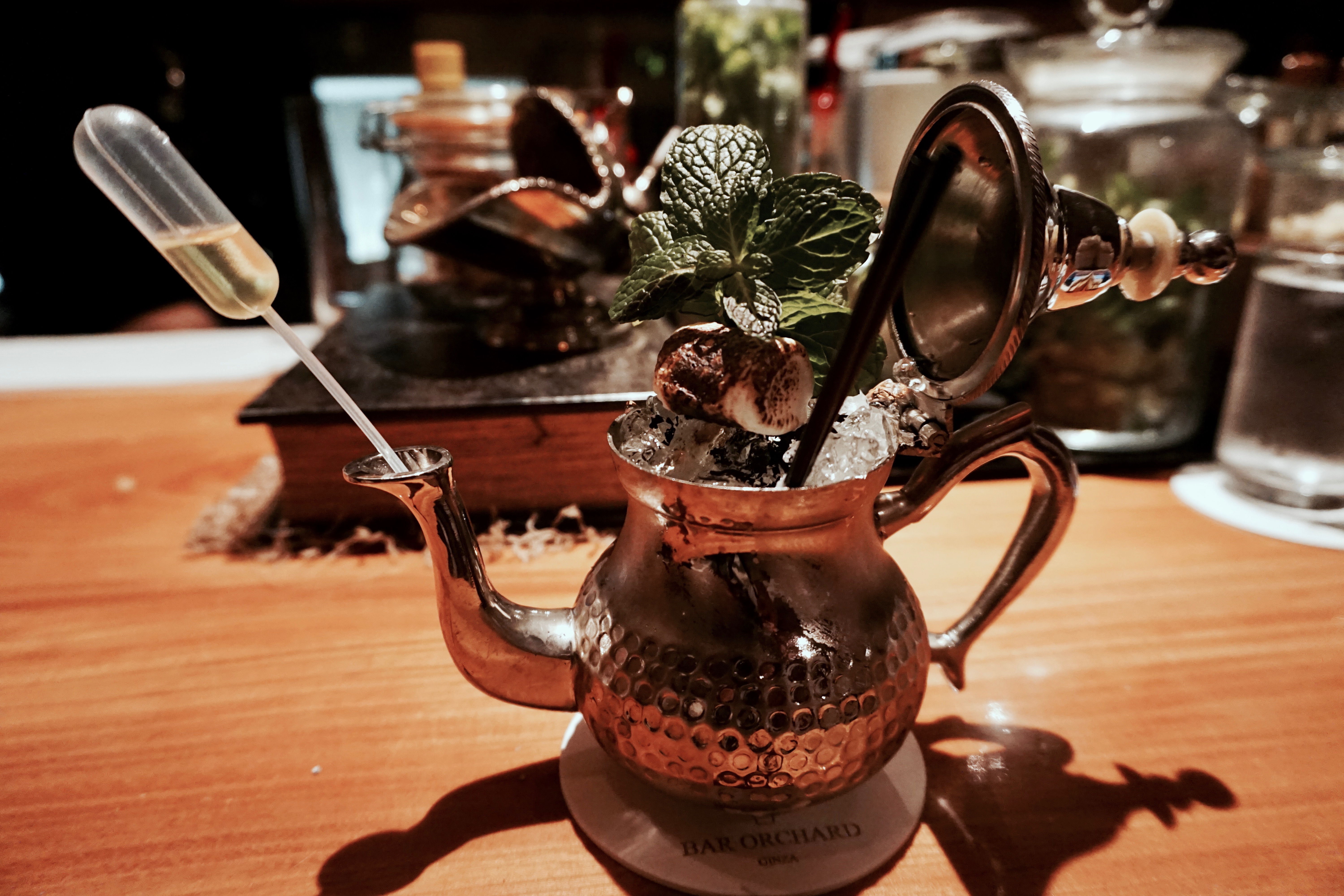It was always my dream to ride an elephant amidst beautifully scenery but after some light research before traveling to Southeast Asia, my dream was quickly realized and transformed. By sharing what I’ve learned online and visiting an elephant sanctuary in Phuket, I hope this post brings awareness where it previously didn’t exist.
If you’ve ridden an elephant before, you’re aware of how easy it was to give into this popular activity by how accessible it was and how harmless it seemed. But behind dark curtains, this is the devastating reality that we all must face in order to change the mentality of tourists alike. Here are 5 reasons why:

1. Asian elephants are endangered
Poached for illegal trade of ivory, forced out of their natural habitats and overworked in riding camps are the main reasons why there are only less than 4,000 Asian elephants left.
2. It causes long term injuries
An elephant’s spine isn’t created like a horse. They can’t carry the weight of humans because they have sharp bones that protrude upwards from their spine which makes them unable to accommodate pressure from above (where you sit on them).
Some companies will try to “educate” tourists that bare-back riding is non-damaging versus sitting on wooden seats that are strapped to the elephants (sometimes 2-3 people at once). There is no ethical approach to ride elephants – Both ways are harmful, period.
3. “The Crush”
If elephants are wild animals, why are they calm enough to ride? Because of this HORRIFIC practice called Phajaan…
Simply put, Phajaan is the ritual of crushing of an elephant’s spirit to make them submissive and fully dependent on humans for survival = rideable.

Baby elephants are separated from their mothers, starved, beat and tied in such a way where they are forced to only stand. No sitting, no laying down, no moving. Through this technique of mental and physical manipulation, the elephants have no choice but to fully submit to avoid starvation and abuse. The ones that survive are then enslaved to trekking camps or shows like FantaSea in Phuket where they will work for the rest of their lives.
This is real. And it needs to end.
If curiosity leads you to Google this further, please be warned that images/video can be very graphic.
4. They are abused and overworked
After being captured and endure Phajaan, their new destiny begins by being separated from their families and confined by chains/ropes with little to no interaction with other elephants. Basically solitary confinement.
Now imagine these elephants carrying grown ass men for 8+ hours every single day in the heat. To counter extreme exhausting and force them to keep walking, mahouts (trainers) will use bullhooks, a standard accessory used to control and discipline elephants by jabbing this tool into sensitive areas of their body.
5. There is another option
Please don’t be an ignorant tourist and sacrifice any morals just to sit high on an elephant for the sake of a promised experience. Take the time to understand exactly what you are supporting and TRAVEL RESPONSIBLY.
When we decided to visit Thailand, the first thing I wanted to plan was our elephant ride. I spent a lot of hours on TripAdvisor researching the best places in Phuket to do this and I immediately made a reservation at Elephant Jungle Sanctuary!
Note: Not all companies claiming to be a “sanctuary” are. Companies will say anything to take your money! Do your research and read reviews.
Conclusion
DO NOT RIDE ELEPHANTS!
I passionately wrote this with one simple intention: To make riding elephants less desirable by exposing the dark truth behind elephant tourism in Thailand, and instead, interact with these wild animals in an ethical way that will be so much more rewarding. I promise.
Thank you for reading this with an open and accepting heart. Please join me in spreading awareness to save Asian elephants by sharing this post.
What is your dream encounter with a wild animal?





No Comments